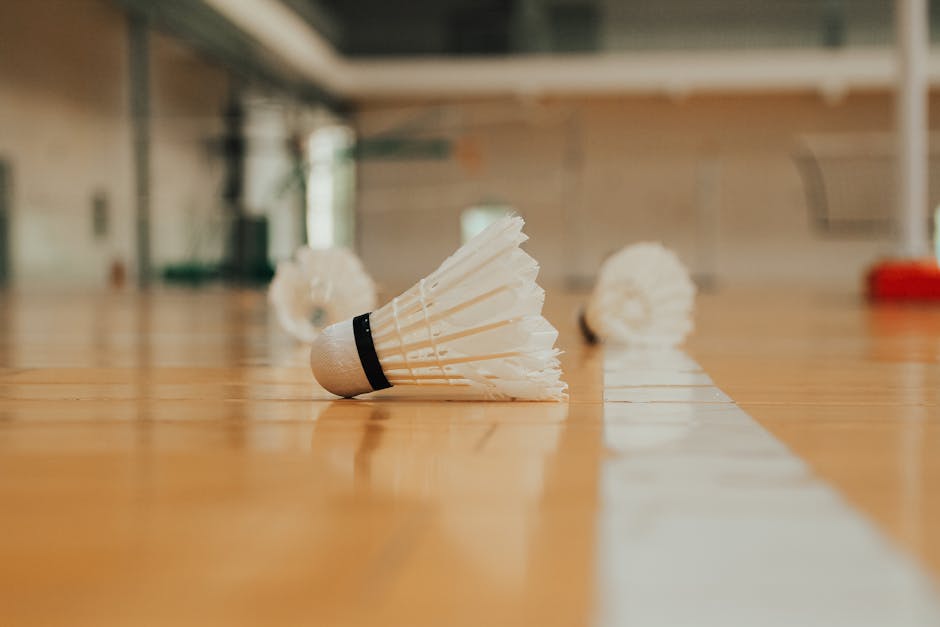Badminton, often mistaken for a casual backyard game, is a surprisingly dynamic and demanding sport. It requires agility, strategy, and a good dose of hand-eye coordination. Whether you’re looking for a fun way to stay active or you dream of Olympic glory, badminton offers a unique blend of power and finesse that can captivate players of all skill levels. So, where do you even begin?
First things first, you’ll need a racket. There’s a wide range available, from lightweight options for beginners to heavier, head-heavy rackets for more experienced players. Don't break the bank on your first racket; a mid-range option is perfect for getting started. Similarly, you'll need shuttlecocks. Feather shuttlecocks are the preferred choice for professional play, but plastic ones are a more durable and economical option for casual games.
Once you’re equipped, finding a place to play is the next step. Many community centers and gyms offer badminton courts, and you might be surprised to find local clubs or groups dedicated to the sport. Playing with others is a great way to improve your skills and learn from more experienced players. Don't be afraid to ask for tips and advice; the badminton community is generally very welcoming to newcomers.
Now, let's talk about the basics of the game. Serving is crucial, and there are two main types: high serve and low serve. The high serve is used in singles to send the shuttlecock high and deep into your opponent's court, while the low serve is typically used in doubles for a quicker, flatter trajectory. Mastering both serves is essential for controlling the game.
Beyond serving, you’ll need to develop a range of strokes. The clear, drop shot, smash, and drive are fundamental shots that will form the foundation of your game. Each shot has a different purpose, from defensive clears to aggressive smashes, and learning to execute them effectively will take time and practice.
Footwork is another critical aspect of badminton. Quick and agile movements are essential for covering the court and reaching the shuttlecock in time. Practice moving forward, backward, and sideways, and focus on maintaining balance and control. Good footwork will significantly improve your ability to anticipate and react to your opponent's shots.
As you progress, you’ll start to develop your own playing style. Are you an aggressive player who favors powerful smashes, or do you prefer a more defensive approach, relying on strategic placements and forcing errors? Experiment with different tactics and find what works best for you.
Badminton is a rewarding sport that offers a fantastic workout and a chance to develop both physical and mental skills. It’s a sport you can enjoy for years to come, whether you’re playing casually with friends or competing at a higher level. So, grab a racket, find a court, and get ready to experience the thrill of badminton!
